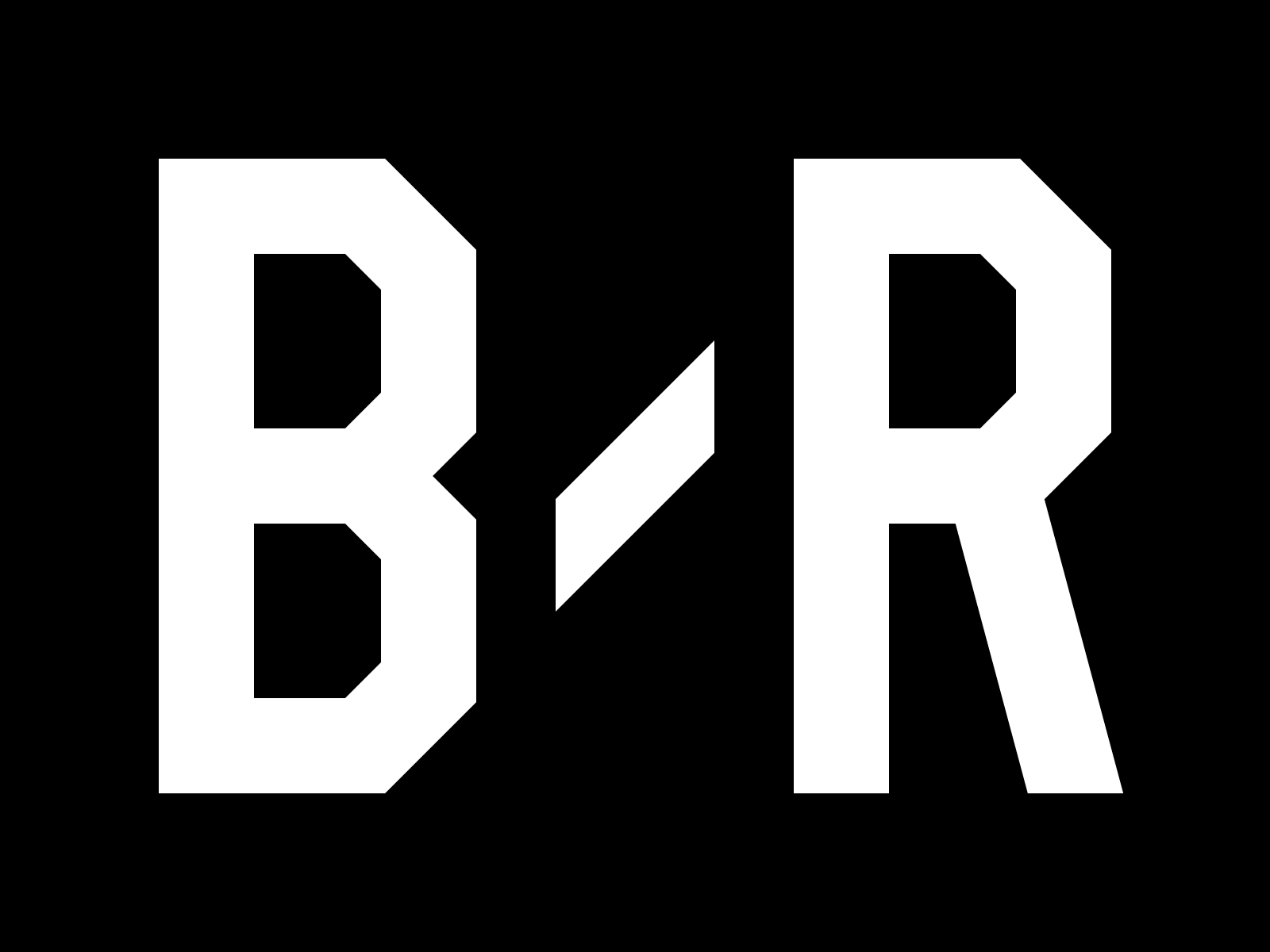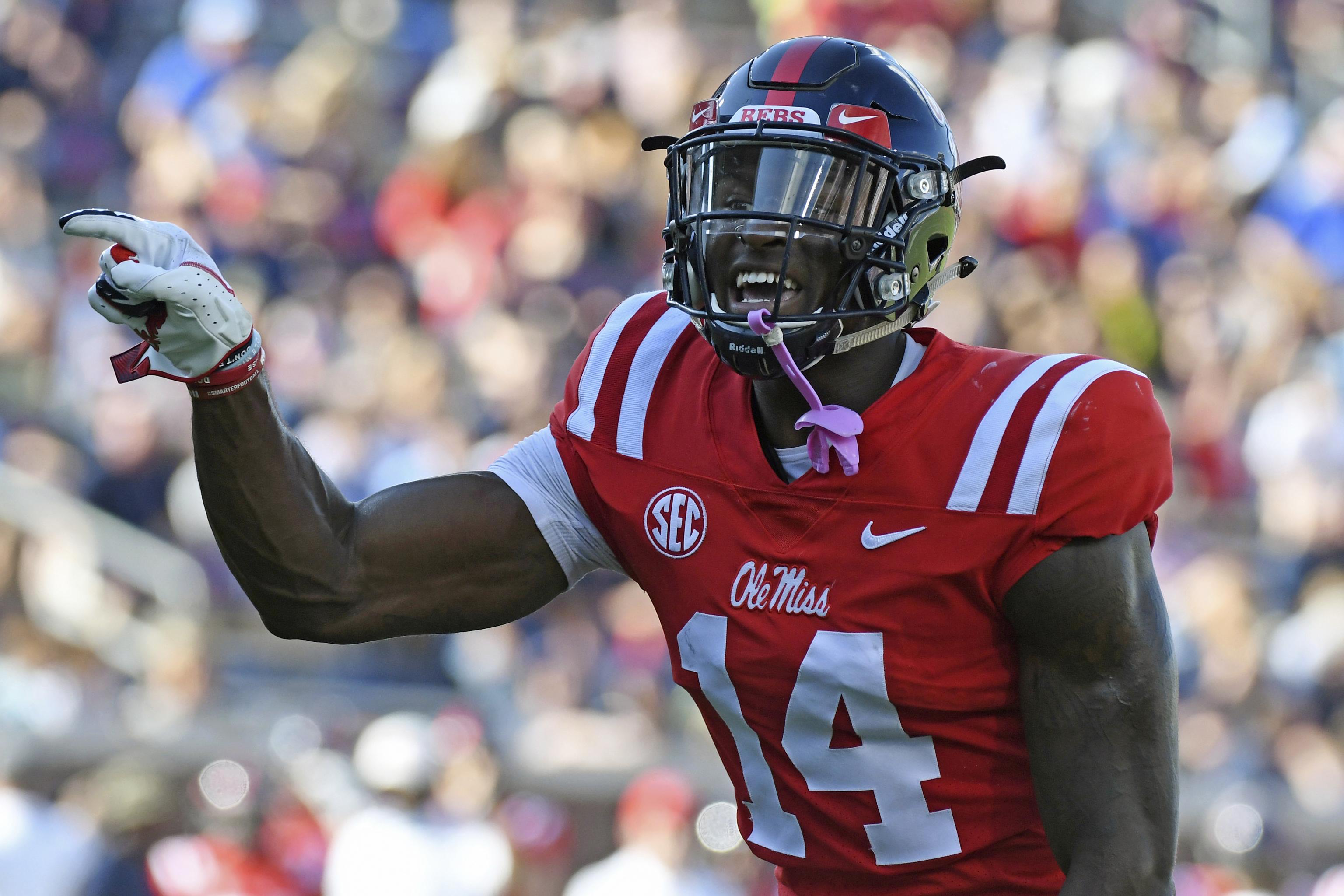There hasn't been a more talked-about wide receiver in the class of 2019 than D.K. Metcalf of Ole Miss. The buzz started when a photo of the 6'3", 228-pounder looking like he could beat up Batman went viral. That buzz grew to a roar when Metcalf put on a show at the NFL Scouting Combine that included a 4.33-second 40-yard dash.
It's not especially hard to find a mock draft that has Metcalf as the first wide receiver selected in 2019. Or one that has him going inside the first half of Round 1. Or even inside the top 10.
The team that uses that high of a pick on Metcalf will likely rue that decision, though. Yes, Metcalf is big. And strong. And fast in a straight line. But that's far from everything that goes into being a star receiver at the professional level.
And Metcalf is sorely lacking in a number of areas that are just as important to a wideout's success.

For starters, while the 21-year-old is physically impressive, his production in college was anything but. Last season at Ole Miss, the redshirt sophomore caught just 26 passes for 569 yards and five scores before a neck injury ended his season seven games in. His average of 21.9 yards per catch is an impressive number on the surface, but the argument can be made that even when he was healthy, Metcalf wasn't the No. 1 receiver for the Rebels—that was teammate A.J. Brown.
The year before, Metcalf played in 12 games. But again, his production was somewhat pedestrian, with 39 receptions for 646 yards and seven scores.
Iowa State's Hakeem Butler had more receiving yards in 2018 alone than Metcalf had over the entirety of his collegiate career.
Also, while Metcalf's 40 time and his 27 reps of 225 pounds on the bench press in Indianapolis were indeed impressive, the rest of his workout wasn't.
Metcalf's time in the three-cone drill (7.38 seconds) was the third-worst among wide receivers. His 20-yard short shuttle of 4.50 seconds was fourth-worst. And as 247Sports director of scouting Barton Simmons told the Cover 3 College Football Podcast (via colleague Sam Hellman), Metcalf's showing in the other agility drills didn't allay concerns that he's too jacked up—that all the muscle has wrecked his lateral agility:
"What I didn't know about DK Metcalf, and what I suspected about DK Metcalf, was that he couldn't move laterally. He couldn’t change directions. He doesn't run routes. ... He is really good at running downfield and making plays. In Ole Miss' offense, that's all he's asked to do, so it's great. Can he run a route? Can he change direction? Can he throttle down and transition? The 3-cone drill and shuttle are the two measures we have as far as insight into that. He's not just below average. He's bad at it."
For his part, while speaking to Jonathan Jones of The MMQB, Metcalf disputed the notion that he's gotten too big to play wide receiver.
"Whoever has that question," Metcalf said, "COME OUT AND GUARD ME, and you tell me if I'm too big to play receiver."
However, there's an old adage in scouting that "tape don't lie." And according to ESPN's Tom Luginbill, the tape on Metcalf shows a player with as many flaws as gifts:
Luginbill is not wrong. Yes, Metcalf thrives when it comes to outmuscling defensive backs. But his change-of-direction skills and breaks are inconsistent at best and a mess at worst. His route tree is much more palm than pecan—if it wasn't a fade route or a go route, Metcalf didn't run it (or at least didn't run it particularly well). His hands aren't especially great either—at least consistently.
To be fair, Metcalf does have supporters—a lot of them. There are plenty of scouts who believe that if Metcalf realizes his immense potential, he can be one of the best wide receivers in the NFL, including the Draft Network's Joe Marino, who wrote:
"Metcalf brings a rare physical skill set and has showcased dynamic playmaking skills in the SEC although more experience would be preferred. There is consistency needed as a finisher but it's a minor tradeoff for the upside he presents in the passing game. His traits are worthy of a high selection despite some rawness to his game. Metcalf is a universal scheme fit that has immense playmaking ability to every level of the field. By year three, Metcalf has the upside to become one of the premiere receivers in the NFL."
That's one whopper of an "if," though. A massive, staggering risk potentially hanging over an NFL team—especially if that squad uses a top-15 (or even top-20) pick to obtain Metcalf's services.
Yes, Metcalf brings an intriguing array of physical talents. He should be able to contribute in relatively short order as a deep threat and a red-zone weapon. And if Metcalf can refine his route running and lateral quickness and become more consistent, the sky's the limit. He has the physical gifts to be an absolute terror and an elite option at his position.
But that's nowhere near a sure thing. If you believe that Metcalf's superhero physique is the cause (at least in part) of his issues when changing direction, then those aren't likely to be resolved anytime soon. It can also be argued those issues predate said physique and are simply a result of his size. If that's the case, they probably won't go away at all.
His other weaknesses aren't necessarily easy fixes. For every physically gifted but raw big receiver who not only reaches his ceiling but also smashes through it a la Julio Jones, there's one who never comes close.
Mike Williams. Charles Rogers. Kevin White. It's not a short list. And as Conor Orr wrote for The MMQB last year, the bust rate at the wide receiver spot has increased of late. One of the primary reasons for that, per Orr, is a lack of development and limited route tree in college—a caveat that most assuredly applies to Metcalf.
Metcalf's physical abilities are tantalizing. Tempting. But he's a huge gamble. A casino game—one without especially favorable odds.
Metcalf doesn't have Brown's hands. Or Butler's history of production. Or J.J. Arcega-Whiteside's route-running ability. Butler (6'5", 227 lbs) and Arcega-Whiteside (6'2", 225 lbs) are almost as big as Metcalf. Almost as fast. Both will all but certainly come off the board substantially later than Metcalf.
And neither is the risk to be the biggest wide receiver bust of the 2019 draft that Metcalf is.



Read 0 Comments
Download the app for comments Get the B/R app to join the conversation